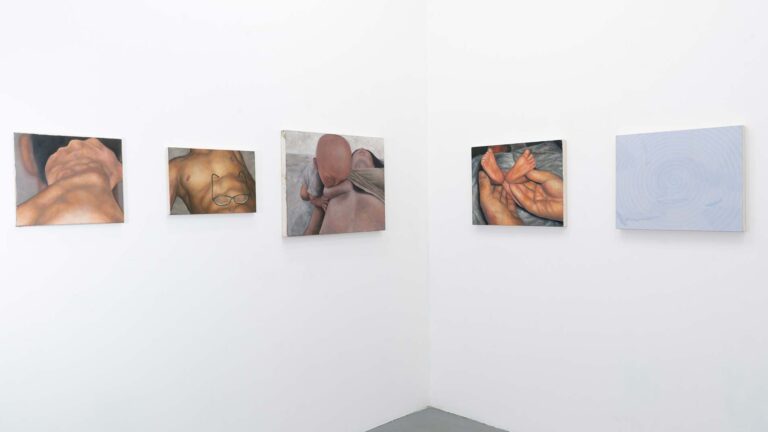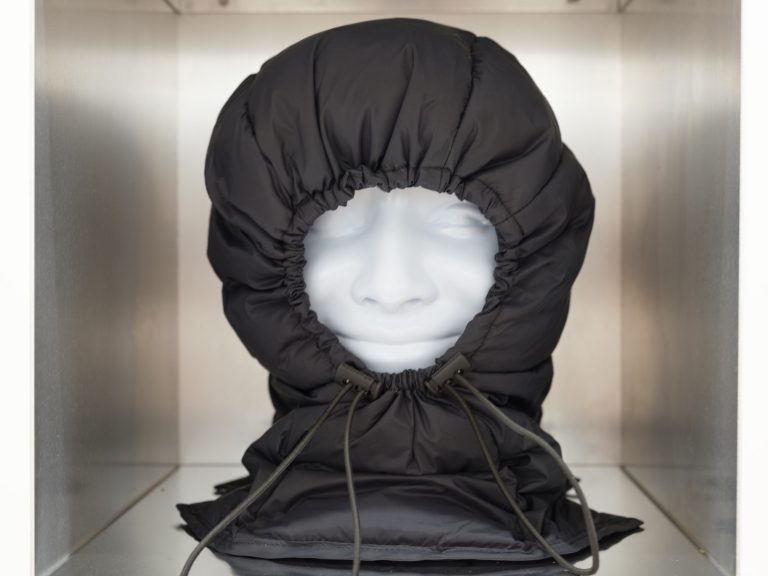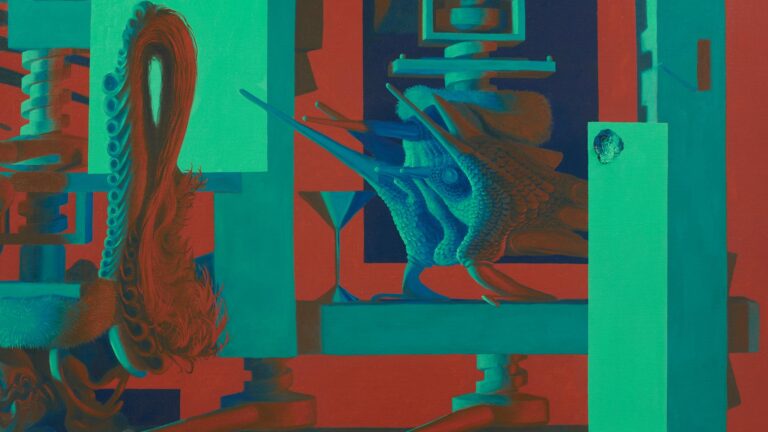Artist: Lee Pivnik
Exhibition title: Love That Bears No Fruit
Venue: Biosphere 2, Oracle, Arizona, US
Date: August 13 – 27, 2017
Photography: images copyright and courtesy of the artist
Note: Check list can be found here
Lee Pivnik is the current Artist in Residence at Biosphere 2 and has produced a series of work that considers the facility’s history as a monument to human futurity while also questioning the ethics of such a mission. Is Human Achievement worth celebrating or pursuing if it is built on the backs of dwindling species populations? Biosphere 2’s original mission turned the wilderness to a garden so our species could propel ourselves to new worlds using this one as a life support system. It must be acknowledged that when our success comes at the expense of the organisms and systems that support us, that success will be short lived.
The phrase “Bearing Fruit” boils down to a measure of success, either in economic production, human reproduction, or spiritual devotion. In this context, fruit acts as both an allusion to the challenges of feeding an exponentially growing global population and a metaphor for bountiful continuation. The notion that our efforts may not always bear fruit, then, is destabilizing. How will next season’s harvest compare to this one’s?
Fruit is produced when a flower is pollinated. The fertilized ovules become seeds, surrounded by fruit tissue called pericarp. For this to occur, a pollinator, or the wind, is usually involved in the process. Pollination was vital for the production of food in Biosphere 2 and the task was assigned to both bees and hummingbirds (although bats were also considered). Bees, which navigate and find flowers with the help of ultraviolet light, could not adjust to life inside B2, as the glass structure was designed to filter out most UV rays. A few panes of the structure allowed UV light to enter, as this was necessary for reptiles inside the experiment. The disoriented bees were attracted to these and would smash into them. By the end of the experiment in 1993, biodiversity inside B2 was significantly reduced, with pollinator species hit particularly hard. There were no surviving bees or hummingbirds. The absence of these animals meant that a critical ecosystem service had to be simulated: plants had to be hand-pollinated, extending the work days of the humans significantly.
The systems inside Biosphere 2, historically and currently, were designed to scale up to apply to Earth. Not long after the decline of the bee population within Biosphere 2, Colony Collapse Disorder became a household term as bees began vanishing from their hives. In the latest 2016-2017 winter, 21.1% of bee colonies died, but this is actually less than the average number of winter losses over the last decade. The bees are starting to do better because of an increase in colonies and new protective measures from government agencies. See the Obama administration’s 64 page National Strategy to Promote the Health of Honey Bees and Other Pollinators for more information. The problem became clear though. People experienced a paradigm shift, learning that without insects on the planet to pollinate plants, within 50 years most other organisms would perish. Pollinators are keystone species, filling a role in ecosystems that makes them indispensable. People, on the other hand, don’t serve any comparably positive role. Most species would likely benefit from our absence.
To present humanity as expendable in a facility that was built to safeguard our future is radical to say the least. Though, isn’t it time to consider the future of the nonhuman? With possibly dozens of species going extinct daily, we sit precariously in an ongoing mass extinction event that we have set into motion. How much can we spare to lose before our health is affected? Before our fruit trees aren’t pollinated? Before we act collectively? Of the 1,000+ known species to go extinct in the past 500 years, 3 have been hummingbirds. Consider this while looking at a portrait by Frida Kahlo, in which she wears a dead hummingbird around her neck. She references a folk myth that the body of a dead hummingbird can bring back lost love. This association of animal death with human luck and good fortune doesn’t add up in a deep ecology mindset. What lifeless body could bring back lost love in an environmental sense? To revive a coral reef, or a rainforest, would that corpse be not of a pollinator such as the hummingbird, but rather a person? A civilization? A political and economic system? We can learn from the interconnectivity made visible by Biosphere 2 that without proper respect and care for the multispecies safety-net that keeps us alive, it will vanish, bringing us down with it.












































